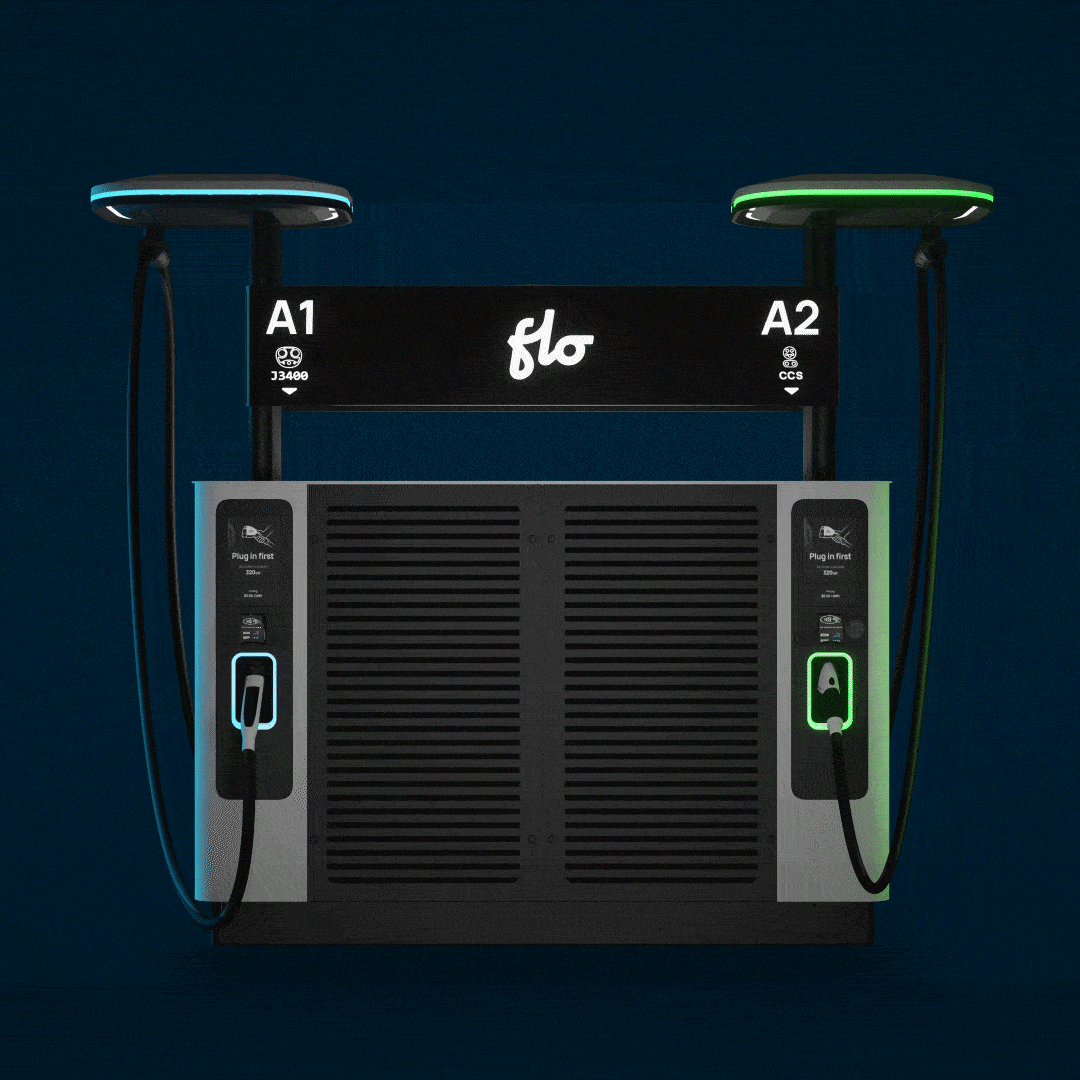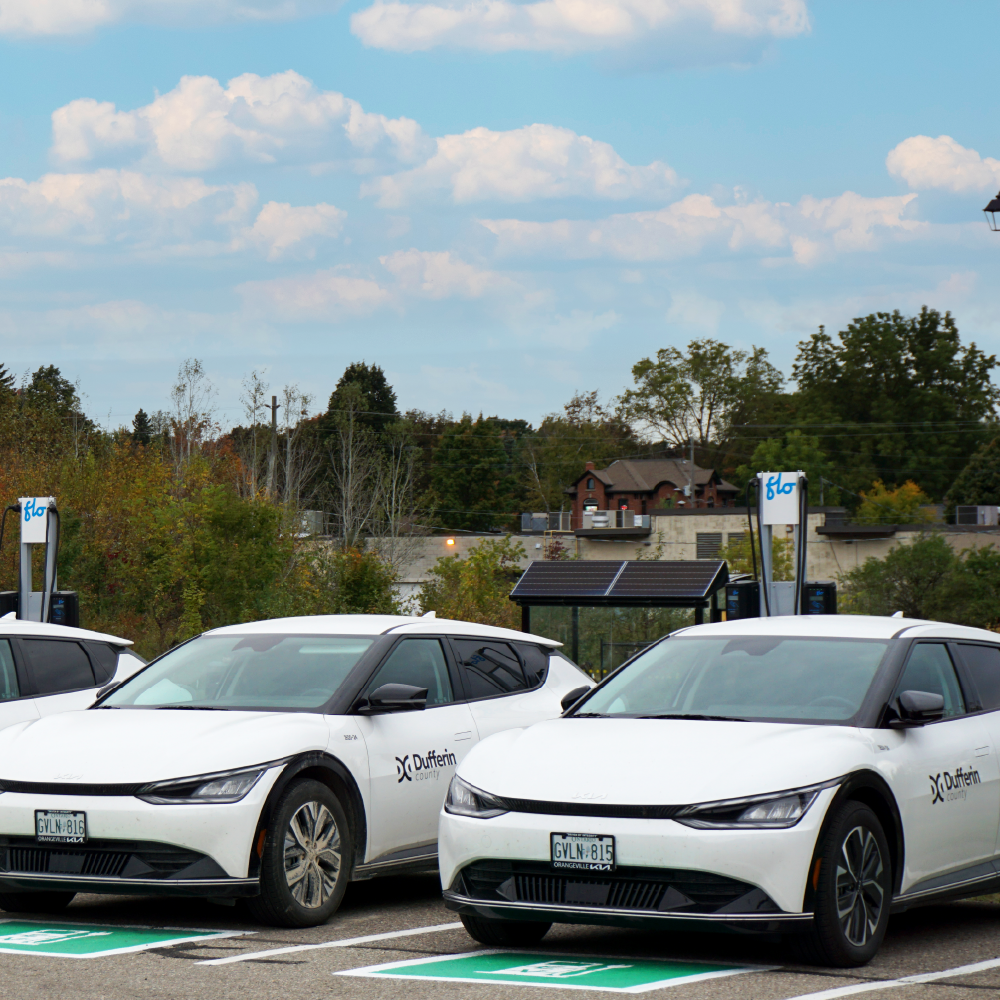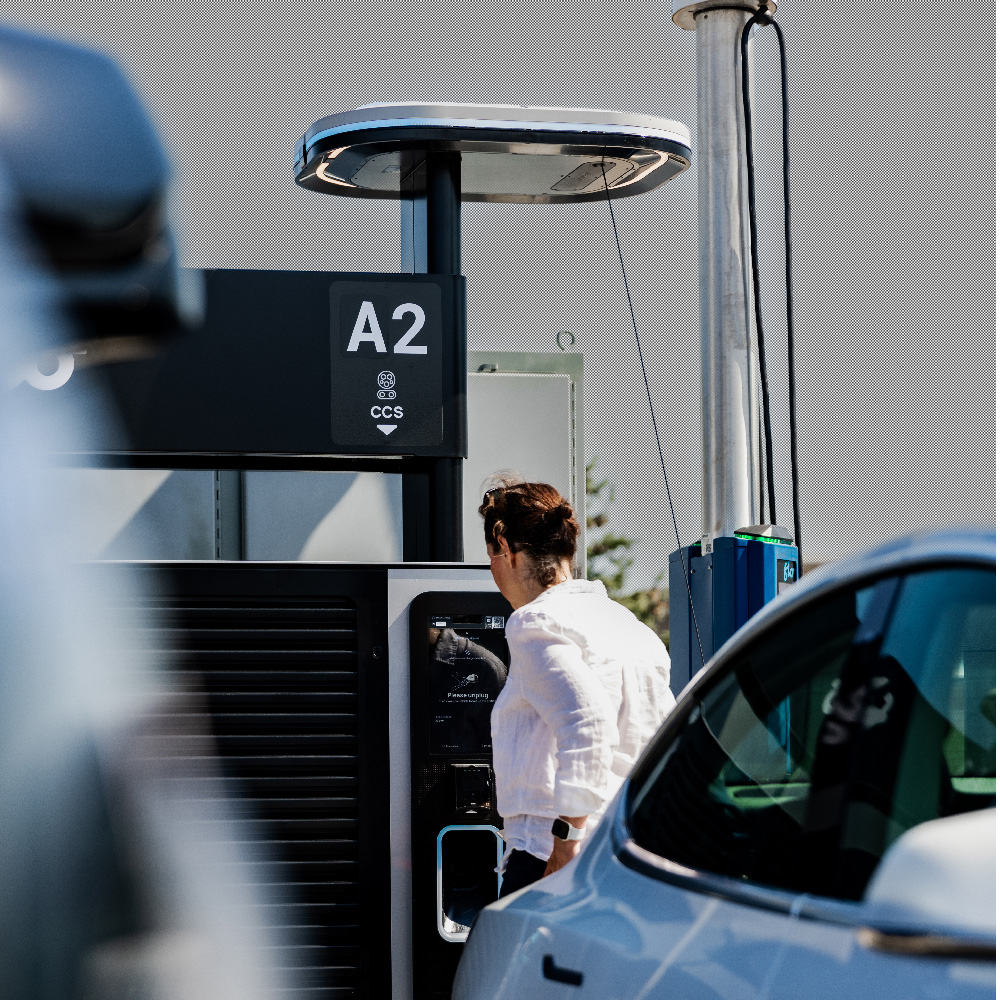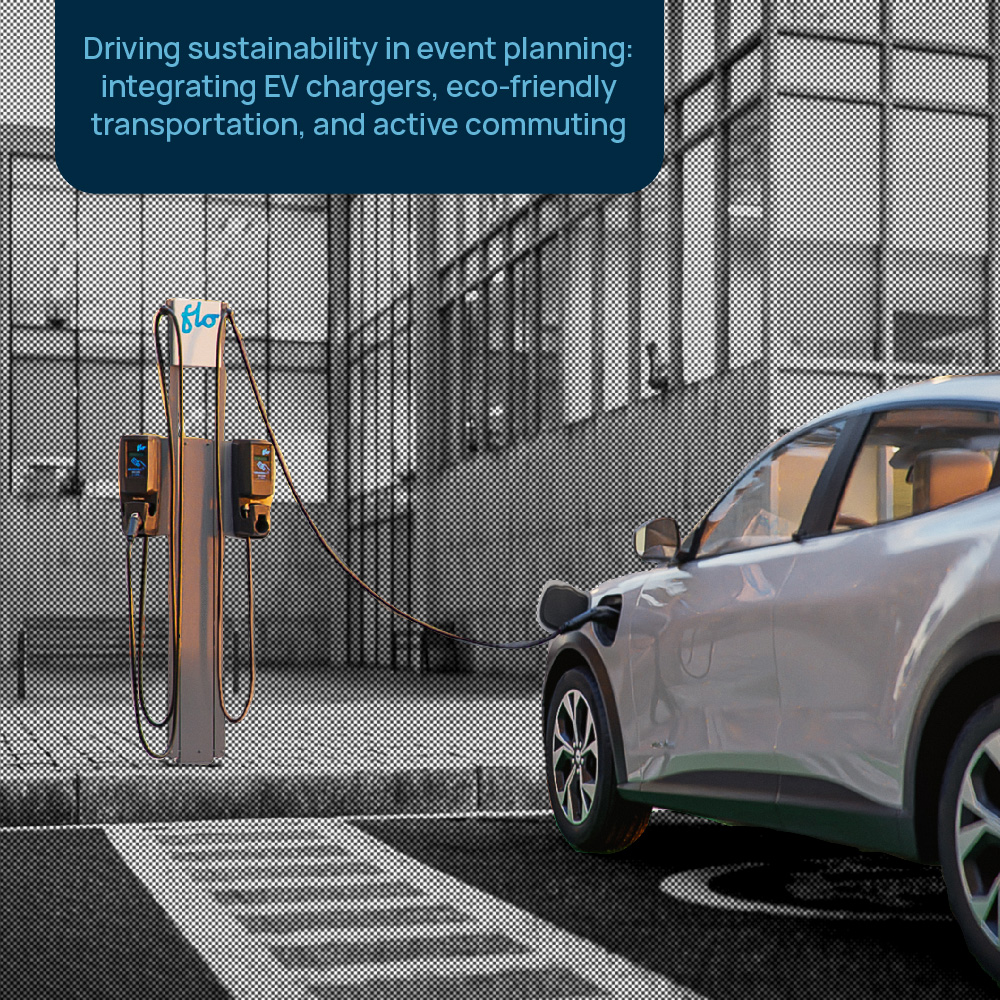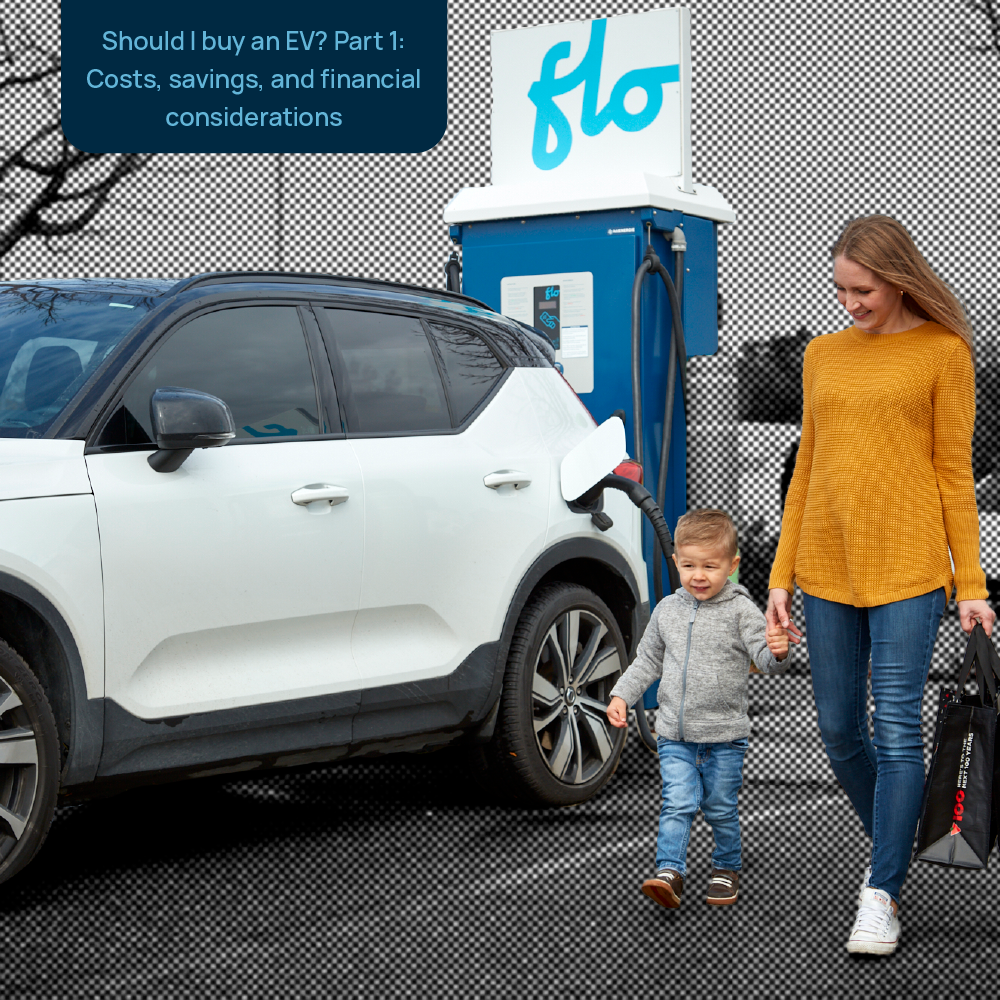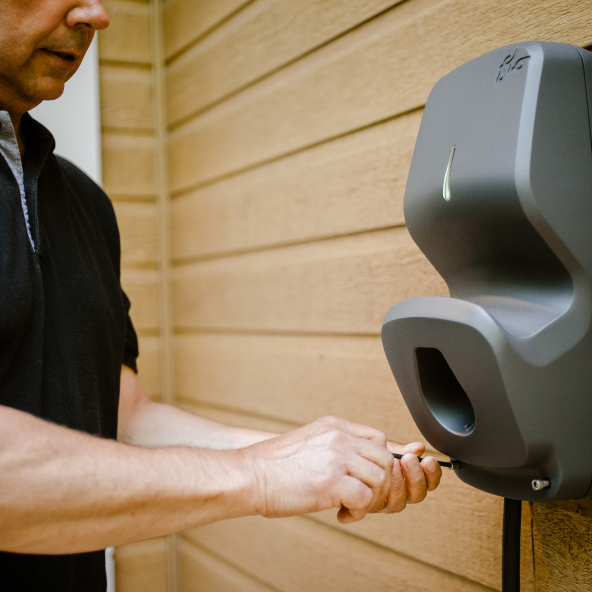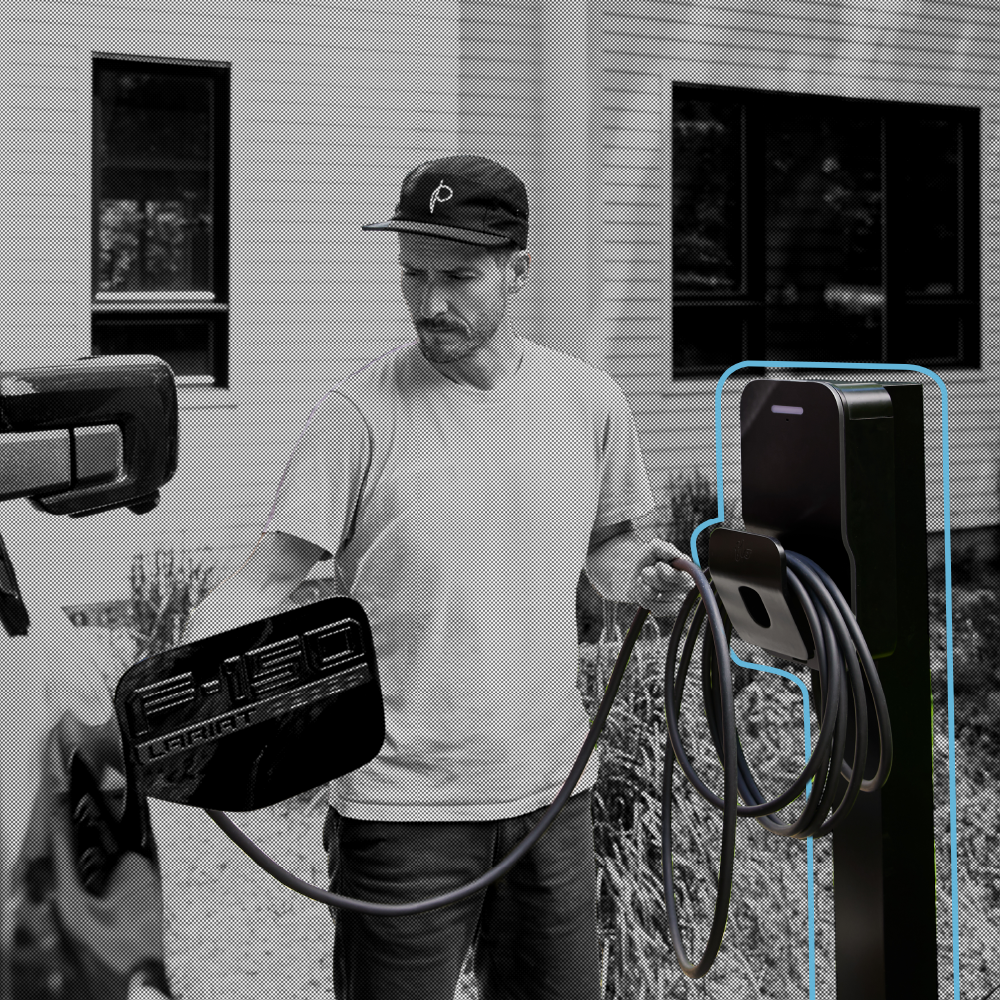- For EV Drivers
- For Business
- Incentives
- Alberta incentives
- British Columbia incentives
- Manitoba incentives
- New Brunswick incentives
- Newfoundland and Labrador incentives
- Northwest Territories incentives
- Nova Scotia incentives
- Nunavut incentives
- Ontario incentives
- Prince Edward Island incentives
- Quebec incentives
- Saskatchewan incentives
- Yukon incentives
- Products
- Insights
- Company
- Shop now
Is there any difference to how drivers charge in hot summer weather?
Extreme weather events impact a myriad of elements for all drivers – and with summer in full swing, FLO investigated how electric vehicle (EV) drivers use public charging during the heat of the summer.
The FLO team looked at a subset of FLO’s over 115,000 public and private EV charging stations deployed across North America to help answer the question: is there any difference to how drivers charge in hot summer weather?
The preliminary findings suggest that, in our study area (public chargers in the province of Quebec) and time, EV drivers did not take appreciably longer to charge, and their vehicles did not request materially more energy in hot weather, regardless of if they use a level 2 or level 3 public charger. This contrasts with the cold weather charging behaviour we reported in our prior post here.
Read more: Do EV Drivers Charge More in the Cold?
How we got here
Scope of the Analysis
In June 2024, a total of 89,837 charging sessions were analyzed, each meeting specific criteria:
- Sessions started between 8am and 8pm
- Sessions lasted at least 10 minutes
- Sessions had no errors
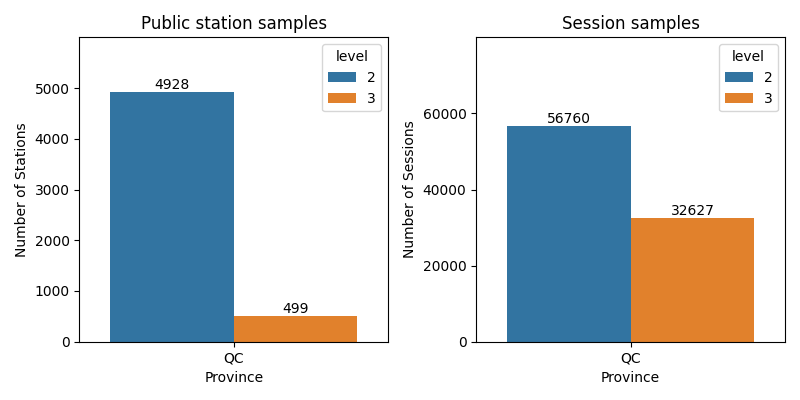
The findings were based on 5,427 public charging stations located across the province of Quebec – made up of 4928 Level 2 chargers and 499 fast chargers (Level 3) 50kW chargers.
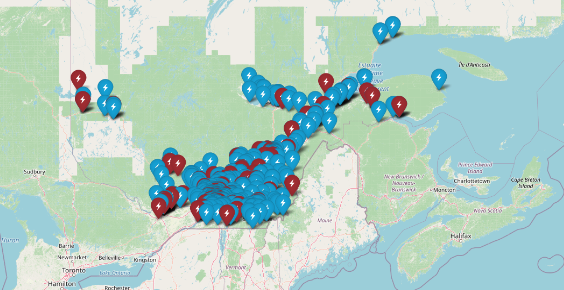
Sessions from June 2024 are used, subject to:
>= 10 charging minutes, no session error, started between 8:00am and 8:00pm, hourly temperature records during session are available for L2, totalling: 89,387 sessions, Charging session performance is compared to hourly surrounding temperature
Since FLO’s DC fast charging stations are equipped with a high number of telemetry sensors, the surrounding temperatures were recorded during each session and the mean hourly temperatures for the month were pulled accordingly.
For the Level 2 charger analysis, the hourly temperature data from the nearest fast charging station (within 25 km) was used to estimate the temperature for the FLO Level 2 chargers.
The performance of the charging sessions was then compared to the hourly surrounding temperature to assess any difference.
The outside temperature during this time frame varied from a scorching 35+ degrees Celsius (95 degrees Fahrenheit) to a comfortable 15 degrees Celsius (59 degrees Fahrenheit).

The fast charger analysis showed a very slight rise in charging duration and energy transfer. The average session power (total energy / charging time) also rose slightly. While session efficiency remained stable, there was a slightly higher energy requirement from the vehicle at hotter times of day.

– from 24-28 to 28-36: 1.16% increase
– from 14-20 to 28-36: 3.57% increase
Looking at the FLO Level 2 charger data, there was a small bump in energy consumed, while the charging duration remained stable.

In the United States, the ENERGY STAR program found that “during periods of extreme heat (higher than 80 degrees Fahrenheit, 27 degrees Celsius), the efficiency of EV chargers is slightly reduced”.
This mirrors the findings by RecurrentAuto in a study on hot weather and electric car range. “Electric cars only lose 2% to 5% of range in hot weather below 90F (32C). It’s not enough for most drivers to notice.”
Factors that could impact wider interpretation of these results:
- This data was taken over a specific time and a specific geography.
- While June is a hot month in Quebec, it is not the hottest month, and Quebec is not as hot as many other regions in North America, meaning behaviour could be different at different temperature ranges.
- During summer months, many North Americans drive more for vacations. This is partially why the study team looked at June. Longer driving trips would, under most circumstances, lead to different charging behaviour that is not driven by temperature, per se.
Charging in the heat
Controlling your charge by keeping your battery between 20 – 80% of full capacity is recommended by many vehicle manufacturers to improve your battery life. While batteries lose capacity over time, batteries that are hotter or kept at a higher state of charge may see a more pronounced degradation. Many electric vehicles feature a menu option that enables you to specify the desired charge level, such as 80%. By selecting this setting, you can plug in the car, and it will automatically cease charging once it reaches the designated level. Of course, this refers to day-to-day charging behaviour. Many drivers will charge up to 100% if they anticipate an especially long driving day.
Battery thermal management systems will adjust your charging process to regulate temperature during charging and protect your battery. In some instances, this can mean your vehicle will require a slower charge – and a longer charging session.
Read more: EV battery charging best practices
By using the FLO app, and planning for your charge wherever you go, you may have the power to put less pressure on the grid. And, if you use the app’s “Set a Schedule” function for your FLO Home charger, you can choose optimal times to benefit from lower time-of-use rates, if available, as well as cooler evening temperatures.
Read more: Best Practices to follow in hot weather.
Plus, while using the app, you can see real-time charging status at public charging options located in covered or underground parking garages – bonus points if you locate a charger close to a park, pool or somewhere you can grab an ice cream or cold drink!
Read more: Travel guide: Planning your EV road trip
All-in-all, our analysis suggests negligible differences in how EV drivers use FLO public charging stations during the heat of the summer in terms of charging time and energy dispensed. We hope that this, coupled with the increase in public charging infrastructure in many regions, helps EV drivers feel more confident in their summer EV travel plans.

